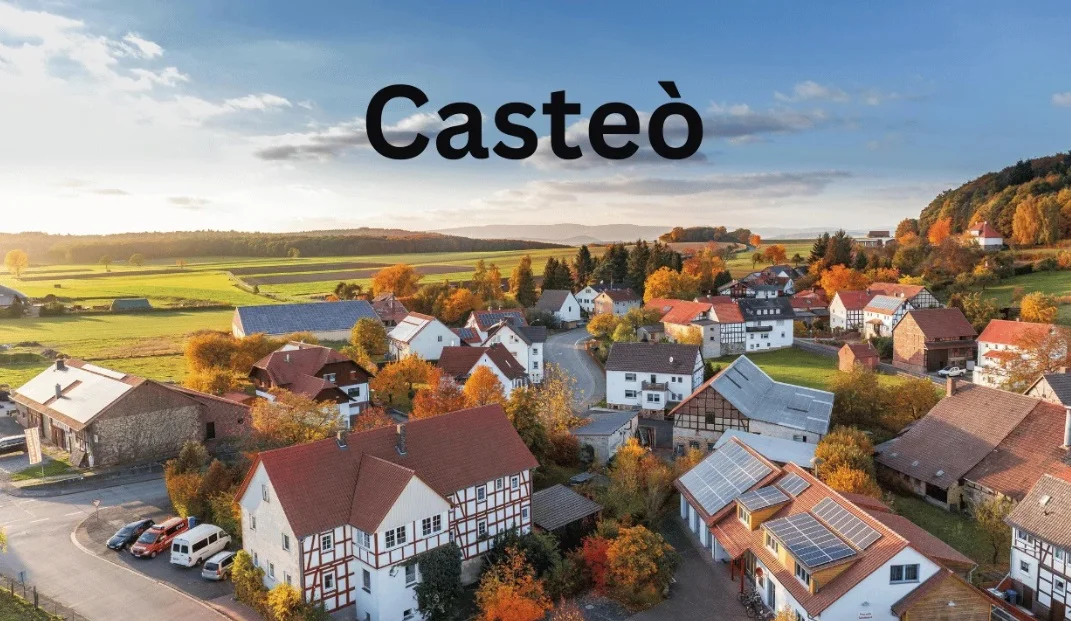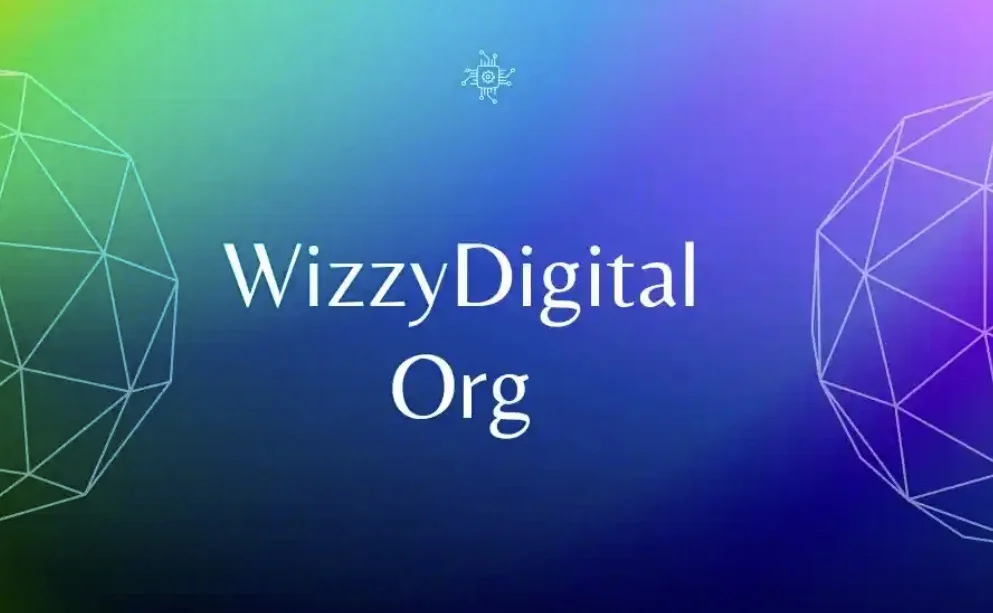Discover the nuances of casteò in this comprehensive guide. Learn about its significance, history, and impact on society.
Introduction
Embark on a journey to explore the depths of casteò, a topic steeped in history and societal significance. From its origins to its implications on modern society, this guide aims to provide a comprehensive understanding of casteò, shedding light on its complexities and relevance in today’s world.
Understanding casteò
Origins and historical context
Casteò traces its roots back to ancient civilizations, where societal hierarchy was deeply ingrained. The system evolved over centuries, influenced by cultural, religious, and economic factors.
Definition and significance
Casteò refers to a rigid social stratification system, where individuals are born into specific groups with predetermined roles and privileges. Its significance lies in shaping social interactions, access to resources, and opportunities.
Evolution of casteò
Changes over time
Over the years, casteò has undergone transformations, adapting to changing societal norms and values. While its core structure remains intact, modern interpretations often differ from traditional practices.
Modern-day interpretations
In contemporary society, casteò is viewed through various lenses, including cultural, economic, and political perspectives. Its relevance continues to evolve in response to globalization and social movements.
casteò in different cultures
Global perspectives
Although commonly associated with South Asia, casteò-like systems exist in other regions, albeit under different names and manifestations. Exploring these variations provides insights into the universality of social stratification.
Regional variations
Within South Asia, casteò manifests differently across countries and communities. Understanding these regional nuances is crucial for grasping the complexities of casteò dynamics.
Impact of casteò on society
Social structure
Casteò plays a pivotal role in shaping societal structures, determining social status, and influencing interpersonal relationships. Its hierarchical nature perpetuates inequalities and social divisions.
Economic implications
Casteò has profound implications for economic opportunities, with certain castes facing systemic barriers to wealth accumulation and upward mobility. Addressing these disparities is essential for fostering inclusive economic growth.
Political dynamics
The intersection of casteò and politics is undeniable, with caste-based mobilization often shaping electoral outcomes and policy decisions. Navigating these dynamics requires a nuanced understanding of casteò’s role in governance.
casteò in contemporary discourse
Debates and controversies
Contemporary discourse surrounding casteò is rife with debates on its relevance, ethical implications, and potential for social change. Addressing these controversies is essential for advancing meaningful dialogue.
Role in identity politics
Casteò intersects with identity politics, influencing group identities and collective mobilization. Acknowledging its role in shaping political ideologies is crucial for fostering inclusive governance.
casteò and discrimination
Forms of discrimination
Discrimination based on casteò manifests in various forms, including social exclusion, economic marginalization, and violence. Combatting these injustices requires concerted efforts from both state and civil society actors.
Efforts towards equality
Despite persistent challenges, efforts towards casteò-based equality have gained momentum, with legislative measures and grassroots initiatives aiming to dismantle discriminatory practices and promote social cohesion.
casteò and intersectionality
Overlapping identities
Casteò intersects with other axes of identity, such as gender, class, and religion, creating complex webs of privilege and oppression. Recognizing these intersections is essential for crafting holistic solutions to social inequities.
Intersection with other social issues
Understanding casteò’s intersectionality sheds light on its interconnectedness with broader social issues, including poverty, education, and healthcare. Addressing these interlinkages is essential for fostering comprehensive social reform.
casteò and education
Access and opportunities
Access to education remains a key determinant of social mobility, yet casteò-based disparities persist in educational attainment and enrollment rates. Bridging this gap requires targeted interventions and inclusive policies.
Challenges and solutions
Challenges such as caste-based discrimination within educational institutions hinder equitable access to learning opportunities. Implementing anti-discriminatory measures and promoting diversity in education are vital steps towards fostering inclusive learning environments.
casteò in the workplace
Employment disparities
Casteò-based discrimination extends to the workplace, where certain castes face barriers to entry and advancement. Promoting diversity and inclusion initiatives is crucial for fostering equitable employment practices.
Diversity initiatives
Organizations are increasingly recognizing the importance of diversity in the workplace, implementing policies to address casteò-based discrimination and promote representation across all levels of employment.
casteò and media representation
Portrayal in popular culture
Media representations often reinforce casteò stereotypes, perpetuating harmful narratives and biases. Promoting nuanced portrayals and diverse representations is essential for challenging these stereotypes.
Influence on perceptions
Media plays a significant role in shaping public perceptions of casteò, influencing attitudes and behaviors towards caste-based communities. Fostering media literacy and promoting inclusive storytelling can help challenge stereotypes and foster empathy.
casteò and religion
Religious aspects
Casteò has deep-rooted connections with religious practices and beliefs, influencing rituals, and social interactions within religious communities. Exploring these intersections provides insights into the complexity of casteò dynamics.
Interplay with faith
The interplay between casteò and religion is multifaceted, with religious institutions both perpetuating and challenging caste-based inequalities. Promoting interfaith dialogue and social justice initiatives is essential for fostering inclusive religious communities.
casteò and globalization
Transnational impact
Globalization has facilitated the spread of casteò diasporas, shaping transnational networks and identities. Understanding these global dimensions is crucial for addressing casteò-based inequalities on a global scale.
Cultural exchange
Casteò intersects with processes of cultural exchange and globalization, influencing diasporic communities’ experiences and identities. Promoting cultural exchange and dialogue can help challenge casteò-based prejudices and foster intercultural understanding.
Conclusion
In conclusion, casteò remains a complex and multifaceted phenomenon with far-reaching implications for society, politics, and culture. By understanding its historical roots, contemporary manifestations, and intersectional dynamics, we can work towards building a more inclusive and equitable world for all.



